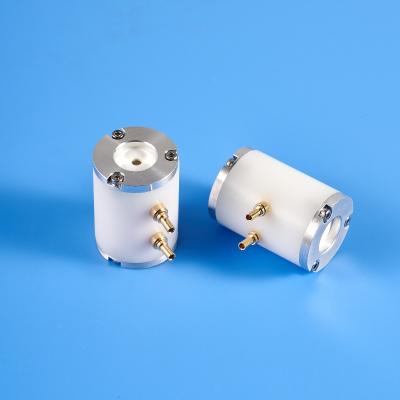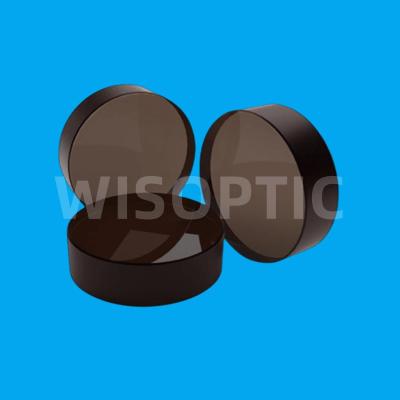High-Power Mid-Infrared Ultrafast Sources at 2 - 5μm Based on Dual-Wavelength Source - Part 2
1 Introduction
DFG technology uses a near-infrared light source as a pump pulse, and realizes wavelength conversion through nonlinear effects to generate signal pulses. In the nonlinear crystal, the pump pulse and the signal pulse convert energy to the mid-infrared band through the three-wave mixing process, thereby achieving mid-infrared ultrafast laser output with high output power and a large tuning range. In 2020, Zhou et al. obtained a dual-wavelength ultrafast light source based on an erbium-doped fiber laser, broadened the signal light spectrum to 1.3-1.9 μm through a highly nonlinear optical fiber, and produced a mid-infrared spectrum with a wavelength adjustable in the range of 2.3-5.4 μm in a periodically poled lithium niobate (PPLN) crystal. The research group further designed and fabricated a chirped PPLN crystal, whose polarization period varied between 32-23 μm with the direction of laser transmission, and finally output a broadband supercontinuum covering 2.5-5.5 μm. In the detection of ethylene and carbon monoxide gas absorption spectra, the system observed clear absorption lines. In 2023, Liu et al. used DFG technology in GaSe crystals to generate mid-infrared light. The output mid-infrared pulse wavelength range was 7.7-17.3 µm, and the maximum average power was 58.3 mW. However, the average output power of the light source achieved in the above work was less than 1 W, which limited the application scenarios of the light source. In contrast, Catanese et al. used a high-power dual-wavelength light source based on erbium-doped fiber laser to achieve a 6.7 W mid-infrared ultrafast laser in a DFG composed of two-stage PPLN crystals. This work significantly increased the output average power, but the tunable range of its light source was relatively small.
This paper adopts the DFG technology to generate mid-infrared ultrafast lasers with high output power and large tuning range. The experimental scheme is shown in Figure 1. The erbium-doped fiber laser with a repetition frequency of 33.3 MHz is divided into two paths: one path expands the spectrum to 1.03 µm through a highly nonlinear fiber, and uses the ytterbium-doped fiber chirped pulse amplification (CPA) technology to increase the power to 30 W as the pump light for the difference frequency process; the other path enters the erbium-doped fiber CPA system, increases the power to 4.6 W, and uses the spectrum selection technology based on self-phase modulation (SPM-Enabled Spectral Selection, SESS) to generate spectral sidelobes with adjustable wavelengths from 1.3 µm to 1.9 µm as the signal light for the difference frequency process. The pump light and the signal light undergo difference frequency action in the PPLN crystal, thereby obtaining a high-power mid-infrared ultrafast light source.
Fig.1. DFG scheme based on high-power dual-wavelength femtosecond light source




